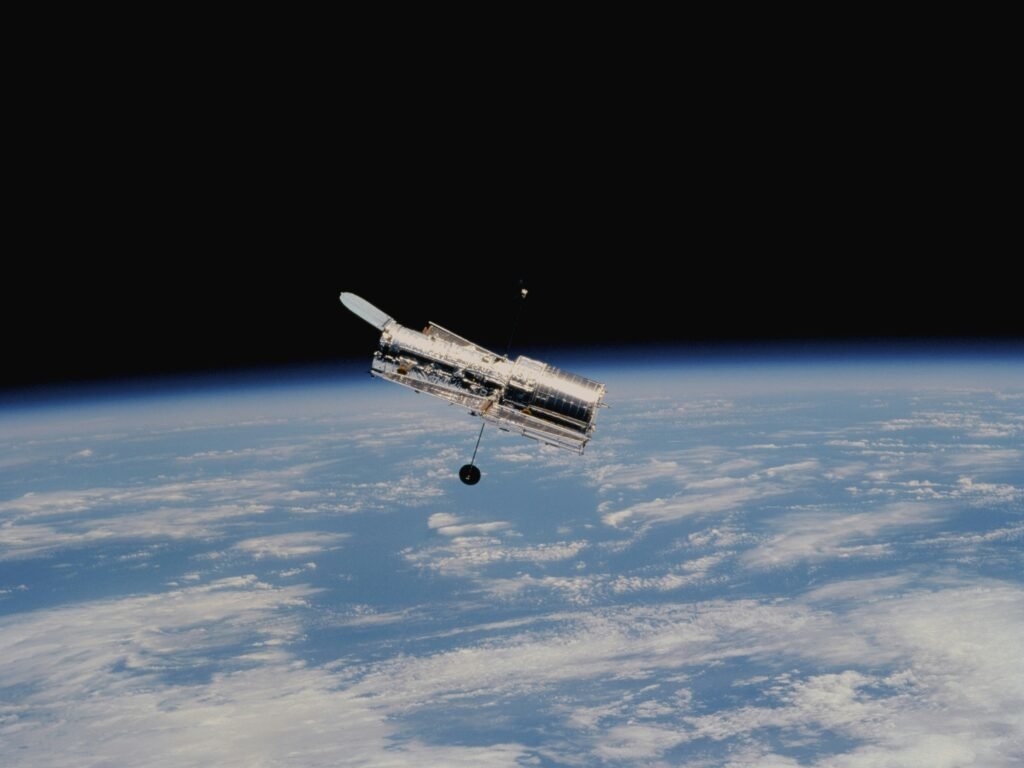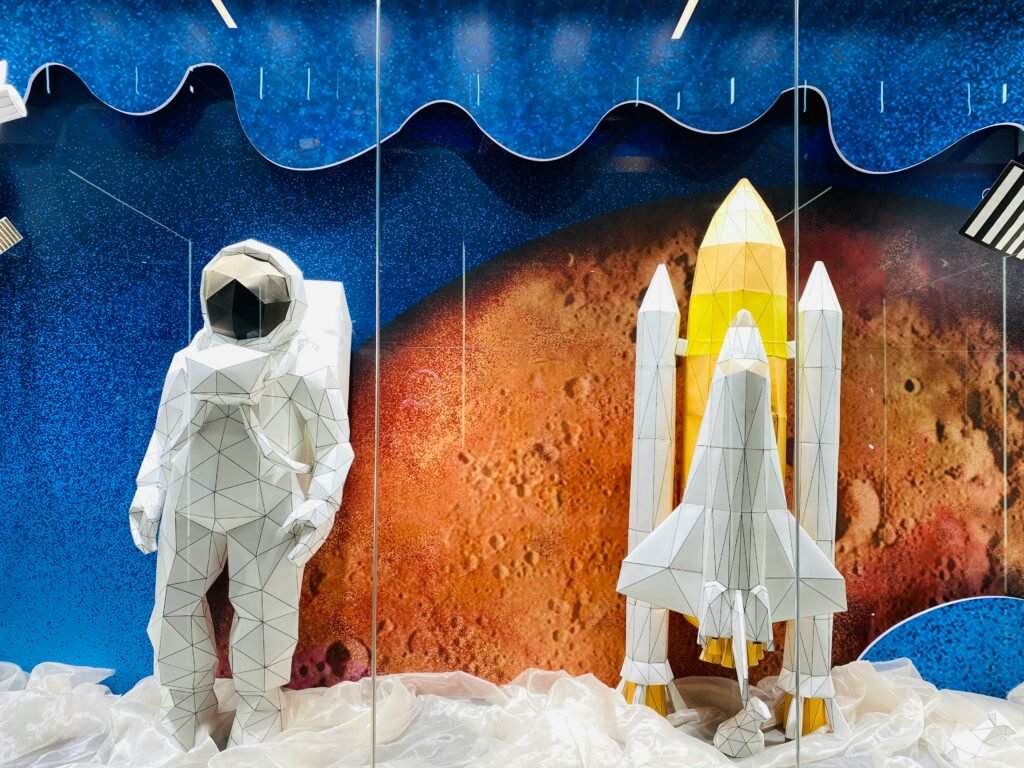Space is a place full of mystery and wonder, but it is also filled with risk. Space travel takes astronauts far beyond Earth, where the rules of nature are completely different. From a lack of oxygen to extreme temperatures, the challenges of space travel and survival are many. Astronauts must be physically and mentally prepared to face life-threatening situations, often without immediate help from Earth.
In this blog, we’ll explore what makes space travel so difficult, how agencies like NASA, the US, and the UK space exploration programs are finding solutions, and what the future holds for space survival.
What Makes Space Travel Difficult?

Space is very different from Earth. There is no air to breathe, no gravity like we have on Earth, and temperatures can get extremely hot or cold. These things make space travel and space survival difficult. Even small problems can become serious when you are far from home.
Learning about space travel challenges helps us understand what astronauts face and how engineers solve problems.
1. Lack of Air and Oxygen

The most basic need for humans is air. But in space, there’s no oxygen at all. Astronauts must rely on oxygen tanks or sealed environments inside spacecraft and space stations to survive.
Key facts:
- Oxygen is stored in tanks or produced using special machines.
- Space suits are pressurized and contain their own life-support systems.
- If a leak happens, oxygen can run out quickly, posing a life-threatening situation.
2. No Gravity
Microgravity—or near weightlessness—is fun at first, but long exposure causes real health problems.
- Issues caused by low gravity:
- Muscles shrink and bones become weaker.
- Blood and fluids move upward, causing puffy faces and pressure in the head.
- Vision problems can develop over time.
Astronauts combat these effects by exercising two hours a day using treadmills, resistance bands, and cycling machines.
3. Space Radiation
Earth's magnetic field protects us from harmful radiation, but there is no such shield in space.
Dangers of space radiation:
- Increases the risk of cancer and brain damage.
- Damages cells and DNA.
- Can affect electronics and spacecraft systems.
Solutions in development:
- Spacecraft shielding to block radiation.
- Buying survival gear for space that includes radiation protection.
- Research into radiation-blocking medication or suits.
4. Temperature Extremes
Without an atmosphere, space has wild temperature swings—from +120°C in sunlight to -100°C in the shade.
How this is managed:
- Spacecraft have multiple layers of insulation.
- Special materials and radiators balance the internal temperature.
- Space suits are equipped with temperature control systems.
- Without these systems, astronauts could overheat or freeze within minutes.
5. Mental and Emotional Health
Space missions are long, stressful, and isolated. Astronauts live in small quarters with limited privacy, which can affect mental health.
Challenges include:
- Stress, anxiety, and depression.
- Lack of fresh air and nature.
- Sleep issues due to no regular day/night cycle.
Supportive strategies:
- Video calls with family.
- Scheduled leisure time and games.
- Psychological training before missions.
- Onboard counselors and mental health tools.
6. Communication Delays
When astronauts travel far from Earth—like to Mars—it can take up to 20 minutes for a signal to reach home.
Why it’s a problem:
- No real-time help in emergencies.
- Slower decisions and risk of miscommunication.
Current solutions:
- Astronauts are trained to solve problems independently.
- Spacecraft are being developed with AI systems that can operate without constant input from Earth.
7. Limited Food and Water
Carrying food and water for long missions is one of the toughest space survival challenges.
Facts to know:
- Everything must be light, compact, and long-lasting.
- Recycling water is essential—NASA even recycles urine.
- Hydroponics is being tested to grow food in space without soil.
As missions to Mars and beyond become real, growing food in space will be key to survival.
8. Technical Failures
Astronauts rely on machines for life support, navigation, and communication. A small failure could lead to big danger.
Why technical reliability matters:
- No help is nearby to fix broken parts.
- Repairs must be done in microgravity.
- Spare parts are limited.
Innovative ideas:
- Astronauts are trained in mechanics and electronics.
- 3D printers can make tools or spare parts on demand.
- Advanced diagnostics alert astronauts before things break.
9. Re-entry and Landing
Returning to Earth is not simple. When a spacecraft re-enters Earth’s atmosphere, it faces intense heat due to friction.
Steps involved:
- Heat shields protect the spacecraft and astronauts.
- Parachutes and airbags slow down the descent.
- Re-entry angles must be exact—too shallow and they skip off the atmosphere, too steep and it burns up.
Space agencies test and simulate landings many times to ensure astronaut safety.
How NASA and Others Solve These Problems

NASA, along with the US and UK space exploration agencies, is always working on ways to improve space survival.
They build better spacecraft, train astronauts in tough conditions, and test new survival tools. Many survival tools are now available for researchers and learners. You can even buy survival gear for space for study or science projects.
Future of Space Travel and Survival
The future of space is exciting. More people will travel to the Moon, Mars, and beyond. But the challenges of space travel and survival will be there. Solving these problems, we move one step closer to living and working in space.
Here are some future ideas to solve them:
- AI helpers: Robots and smart systems to assist astronauts
- Space habitats: Inflatable homes or underground shelters on Mars
- Radiation medicine: Pills or creams to protect the body
- Better suits: Lightweight, smart suits to keep astronauts safe
How You Can Learn More
If you’re interested in how to survive space travel, here are some easy ways to learn:
- Watch documentaries about astronauts and missions
- Read NASA blogs and websites for updates
- Join space clubs or online science groups
- Try simulations or space-themed games
- Follow space survival news to stay informed about new inventions
Final Thoughts
Space travel is one of the greatest adventures of our time, but it’s also very risky. From no air to harmful radiation and lonely months away from home, astronauts must be strong, smart, and well-prepared. Learning about these space travel challenges helps us support the brave people who explore space.
With new tools, better training, and teamwork, we are finding smart ways to survive in space. One day, you might help solve these problems or even travel to another planet yourself. Keep learning and dreaming, the future of space is in your hands.








